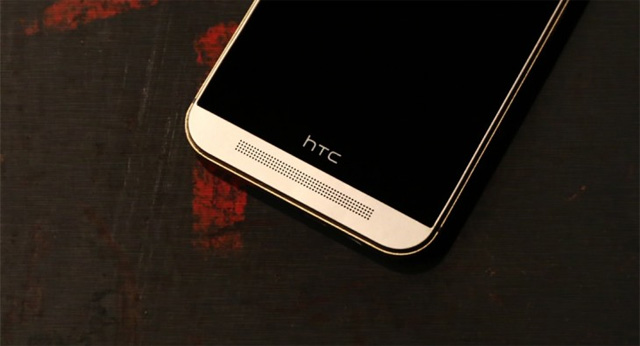Based on materials from blog.htc.com
We recently published the first part of our talk about BoomSound speakers. Let's see what else the company's designers HTC can tell us, besides the shape and design of the speakers.

How do you define 'good speakers'?
One day, at an international audio exhibition, the question arose as to why people are so excited about music concerts. Concert audio equipment is specially designed to give the audience an immersive experience. One theory about hardware design is that when you hear a sound louder than 90 decibels, it physically affects the senses, provoking an emotional response.
As for the BoomSound speakers, obviously they are not as loud as they are in concert – that would be a nightmare. However, research has shown that most people who use these speakers hold their phones horizontally or vertically against their face at a distance of about 15-20 cm. Based on this information, the target is a loudness of at least 90 decibels to create the same immersive experience as , in fact, was the function of design.
From the outset, the job was to make these speakers not only loud enough, but also as balanced as possible to deliver the best sound quality. Most, if not all smartphone manufacturers tend to use existing materials for their speakers, however the only way to give the user a unique experience is through customization.
Developing the technology from One M7 to One M8, HTC tried to achieve better results, improving the characteristics of the hardware and working on adding strong bass, clear vocals and great detail. To achieve this while maintaining a balanced sound, great care had to be taken with the DSP (Digital Signal Processor) amplifier, which helps to simultaneously amplify the high and low notes at the optimum timing.
The technology behind DSP is the installation of a sensor inside the speaker that reads the vibration of the speaker in real time. The addition of a DSP amplifier allows the speaker to reproduce sounds by calculating which ones to amplify without sacrificing overall sound quality.
The difficulty here is that continuity is important to this process – if there is even a small delay, our ears will catch it. But when a DSP amplifier comes in, the sound quality and balance are dramatically increased.
The presence of this technology meant a lot to BoomSound's vision as a perfect fusion of hardware and software that together provide an amazing user experience.

Why, using HTC One M9, we hear music as if 'from behind' the ears?
Let's start with how stereo speakers work. When you listen to music through stereo speakers, your left ear hears sounds coming from the left speaker and the right ear from the right. The headphones do an excellent job of separating left and right audio channels without any overlap.
Speakers in a smartphone exist in a confined space, and therefore your right ear will pick up not only sounds coming from the right, but also those coming from the left. Ditto for the left ear. Because of this, the sound you hear is far from ideal due to what is called crosstalk. This is why crosstalk cancellation has been added. It allows each audio channel to do two things: to play audio through it, and also to pass a backward sound wave, which essentially eliminates the sound from the other channel. Thus, the sound from the left channel becomes 'really left', and the sound from the right channel becomes 'really right'. Add a bit of surround technology here and you get what is called high quality sound.
This technology manifests itself to the maximum in the 'Theater' mode, while in the 'Music' mode, balanced sound is achieved, rather than surround. In Theater mode, you actually hear sounds as if they were coming from behind your ears or even from behind your head.
Each generation of BoomSound speakers from HTC is a new challenge in terms of design and creation process. Smartphones are evolving, and demands for a smaller or better camera module threaten that manufacturers will sacrifice audio for other features. However, HTC strive for breakthroughs and revolutionary technological solutions, especially when the task looks impossible.
